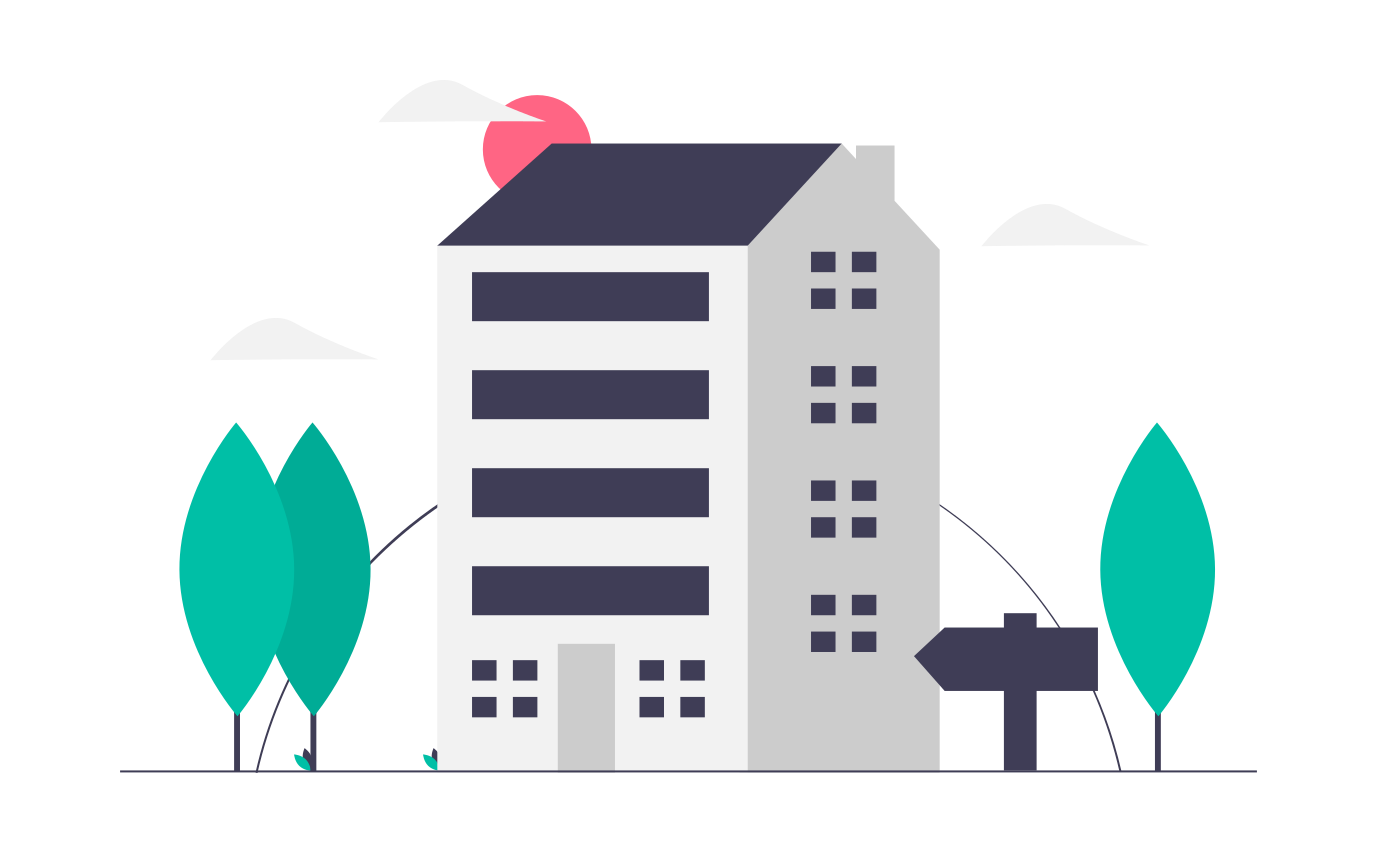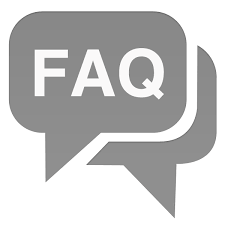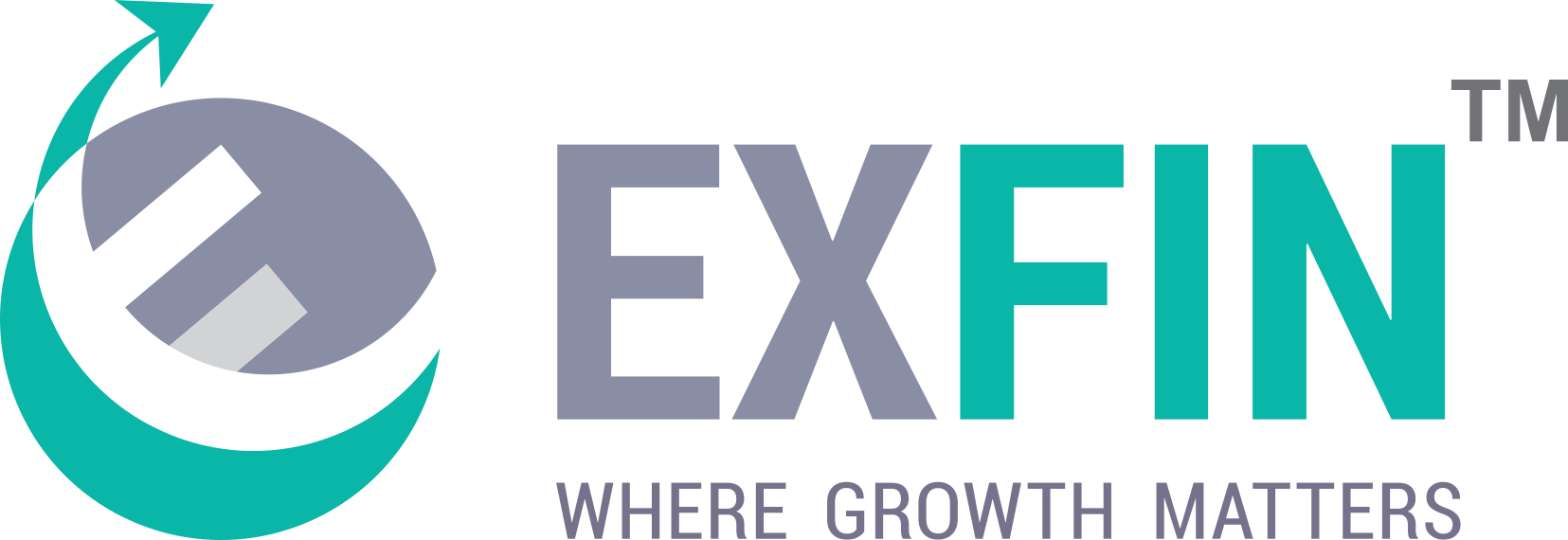Home Loan


Purchasing a home is one of the biggest financial decision and dream in everyone’s life. Home loans make buying a home a reality for people who want to own property.
Getting a home loan often takes a substantial investment (down payment, time to process), but these upfront costs can be recouped by a home-owner over time if their property value appreciates. Most people can’t afford to pay cash for the entire property up front. As a result, borrower need to take out a home loan from bank, credit union, NBFC or specialized mortgage lender with lower budgets.
There are certain types of home loans available in the market and it is defined by four main factors.
The Principal
The amount of money you’re borrowing. This amount is typically the purchase price minus your down payment, minus closing costs, and other related fees.
The Term
How long you have to repay the entire loan. The term of a home loan can range between five and 25 years.
The Interest Rate
The annual amount you need to pay the lender to borrow the money, is shown as a percentage of the current principal balance.
The Repayment Frequency
How often do you make payments, Borrowers usually pay back their mortgages on a monthly or bi-weekly basis.
Documents required for processing Home Loan
Home Loan (Business Profile)
Aadhaar card, Pan Card
2 photos
1-year banking (current A/C & saving A/C)
Last 3 year IT returns
Business proof
Resident light bill latest
Office light bill (latest) /Rent Agreement
Home Loan (Salaried Profile)
Aadhaar card
Pan card
2 photos
1-year bank statement
Last 6 months’ salary slip
Resident light bill – latest/rent agreement

How much Loan am I eligible for?
Before you start the home loan process, determine your total eligibility, which will mainly depend on your repaying capacity. Your repayment capacity is based on your monthly disposable/surplus income, which, in turn, is based on factors such as total monthly income/surplus less monthly expenses, and other factors like spouse’s income, assets, liabilities, stability of income, etc.
The bank has to make sure that you’re able to repay the loan on time. The higher the monthly disposable income, the higher will be the loan amount you will be eligible for. Typically, a bank assumes that about 50% of your monthly disposable/surplus income is available for repayment. The tenure and interest rate will also determine the loan amount. Further, the banks generally fix an upper age limit for home loan applicants, which could impact one’s eligibility.
What is the maximum amount I can borrow?
Most lenders require 10-20% of the home’s purchase price as a down payment from you. It is also called ‘one’s own contribution’ by some lenders. The rest, which is 80-90% of the property value, is financed by the lender. The total financed amount also includes registration, transfer and stamp duty charges.
Even though the lender calculates a higher eligible amount, it is not necessary to borrow that amount. Even a lesser amount can be borrowed. One should try to arrange the maximum of down payment amount and less of home loan so that the interest cost is kept at minimal.
What documents are generally required for loan approval?
The loan application form gives a checklist of documents to be attached with it, along with a photograph. In addition to all the legal documents related to the purchase of the house, the bank will also ask you to submit your identity and residence proofs, latest salary slip (authenticated by the employer and self-attested by you) and Form 16 or income-tax return (for businessmen/self-employed) and the last 6 months statements/balance sheet, as applicable. Some lenders may also require collateral security like the assignment of life insurance policies, pledge of shares, national savings certificates, mutual fund units, bank deposits or other investments.
